This article explains some of the popular SQL Server monitoring tools and techniques.
Read more »Hadi Fadlallah
- An overview of SQL Server monitoring tools - December 12, 2023
- Different methods for monitoring MongoDB databases - June 14, 2023
- Learn SQL: Insert multiple rows commands - March 6, 2023
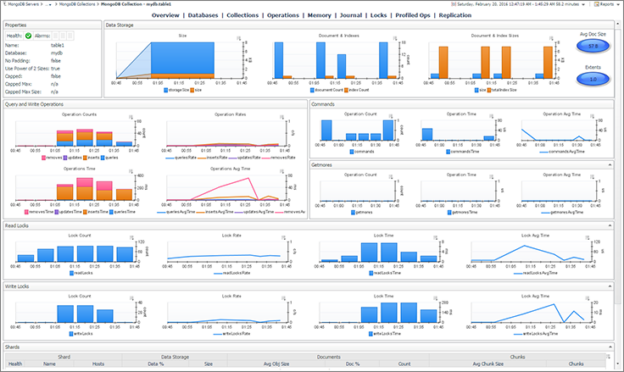
Different methods for monitoring MongoDB databases
June 14, 2023This article explains what database monitoring is and why it is essential. Then, it illustrates the different methods for monitoring MongoDB NoSQL databases.
Read more »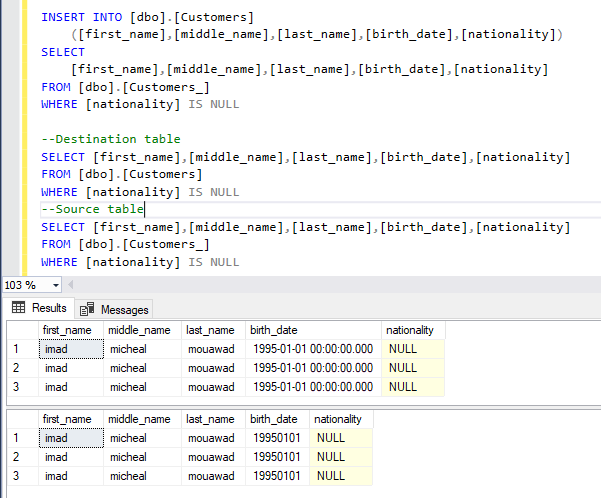
Learn SQL: Insert multiple rows commands
March 6, 2023This article explains the different approaches used to insert multiple rows into SQL Server tables.
Read more »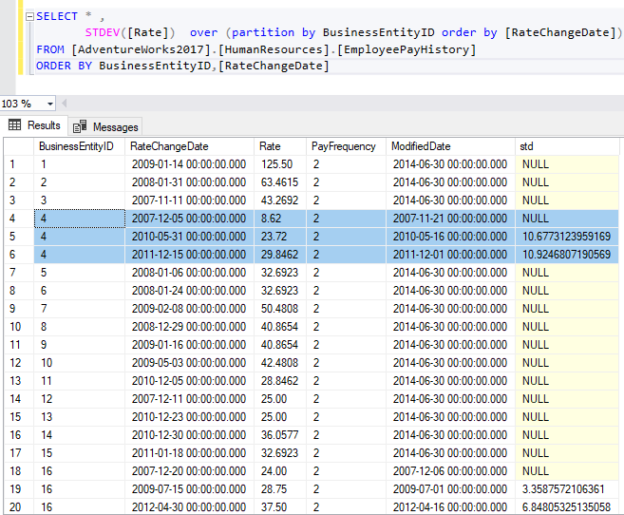
Learn SQL standard deviation function
January 17, 2023This article will show the SQL standard deviation function with several examples.
Read more »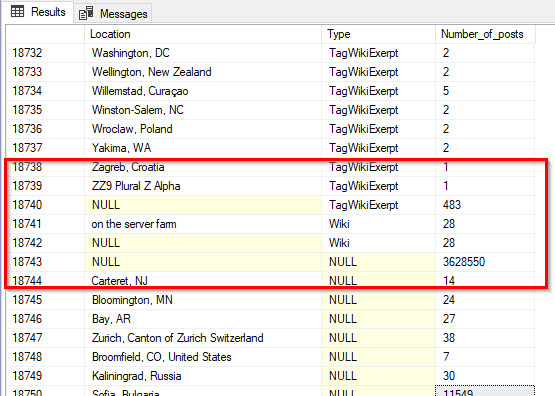
An overview of the SQL GROUP BY clause
December 28, 2022This article briefly explains the SQL group by clause, when it should be used, and what we should consider when using it.
Read more »
Using parameterized queries to avoid SQL injection
November 18, 2022In this article, we will explain what the SQL injection attack is, why it could be hazardous, and how to defend our SQL database from this attack using parameterized queries and some third-party tools.
Read more »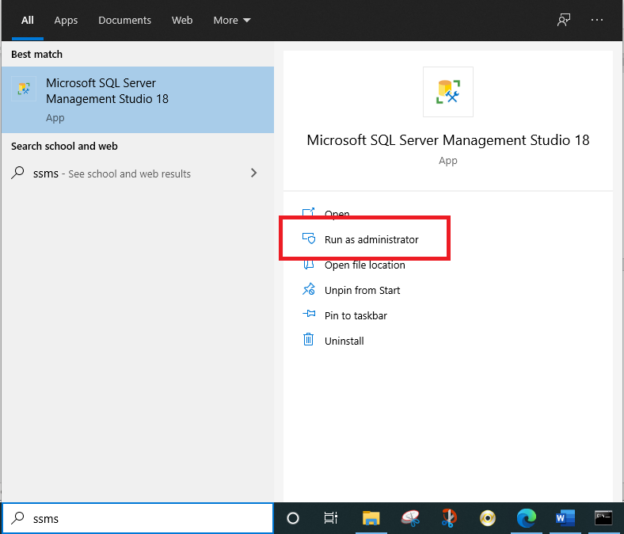
xp_cmdshell and sp_xp_cmdshell_proxy_account stored procedures in SQL Server
June 22, 2022This article explains the xp_cmdshell and sp_xp_cmdshell_proxy_account system stored procedures in SQL Server and how developers can use them to execute Windows commands.
Read more »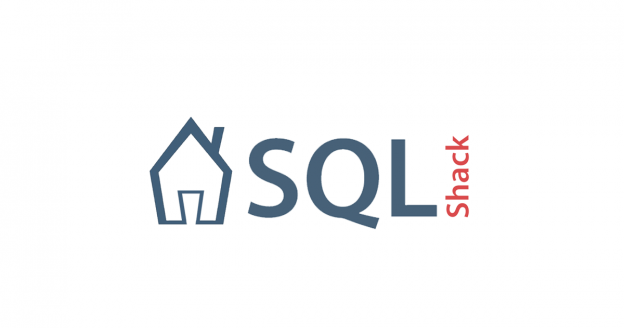
An overview of DIFFERENCE and SOUNDEX SQL functions
January 18, 2022This article gives an overview of DIFFERENCE and SOUNDEX SQL Server built-in system functions. It explains how to use those functions and how do they work.
Read more »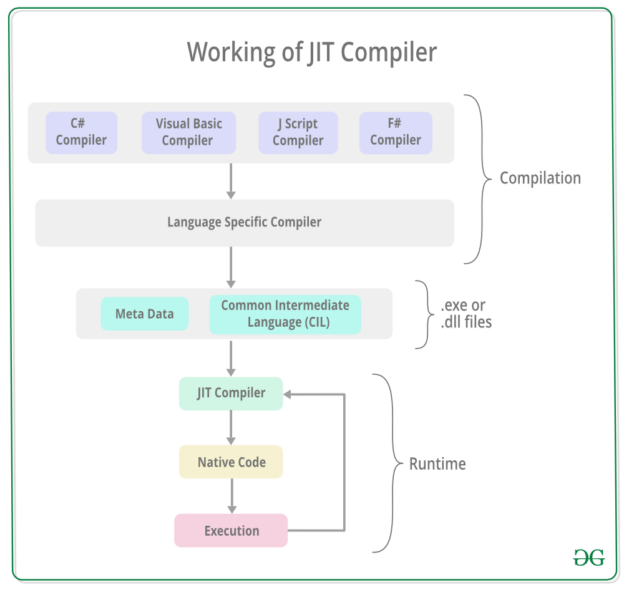
Getting started with SQL Server CLR functions
January 11, 2022This article will explain how to create a SQL Server CLR function stored in a C# class library without creating a SQL Server database project. We will first briefly explain the concept of .NET common language runtime (CLR) and then build a C# class library using the .NET framework. Then, we will use the C# library to create user-defined CLR functions in SQL Server.
Read more »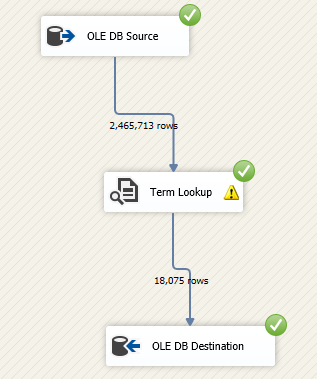
SSIS term extraction vs. term lookup
November 25, 2021This article explains both the SSIS term extraction and term lookup components. Besides, it illustrates the use cases of each one of them.
Read more »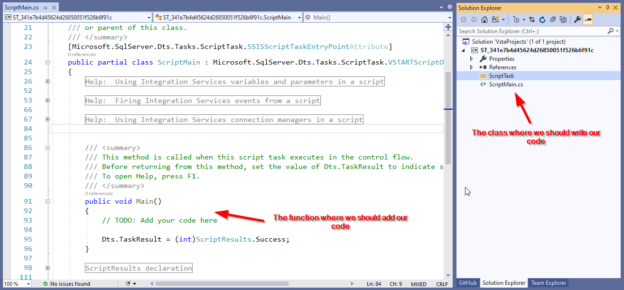
SSIS Script task vs. Script Component
November 19, 2021This article explains the SSIS Script task and Script component, the scripting tools available in the SQL Server Integration Services (SSIS).
Read more »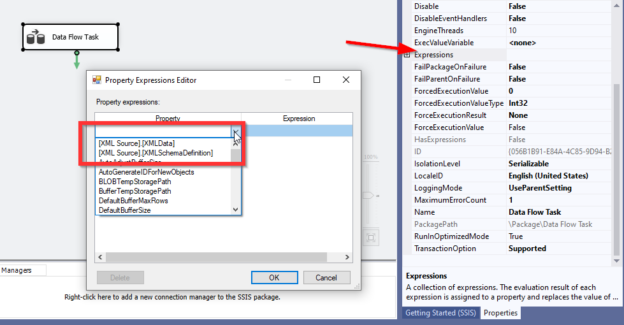
SSIS XML Source vs. XML task
November 3, 2021This article explains the SSIS XML Source and the SSIS XML task, which are the XML-related components in the SQL Server Integration Services.
Read more »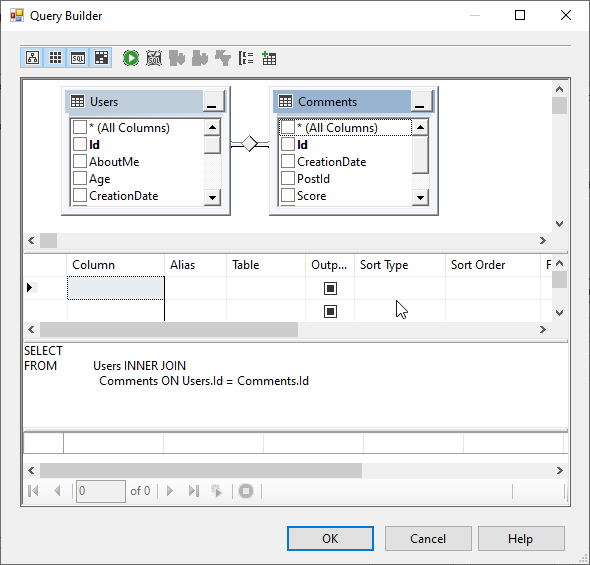
Data Access Modes in SSIS OLE DB Destination: SQL Command vs. Table or View
October 5, 2021This article compares the SSIS OLE DB Destination SQL command with the “Table or View” data access mode. In a previously published article, SSIS OLE DB Destination vs SQL Server Destination, in this series, we explained the OLE DB Destination component in SSIS and illustrated how it differs from the SQL Server Destination component. So, in this article, we will focus on the OLE DB Destination data access modes, not the component itself.
Read more »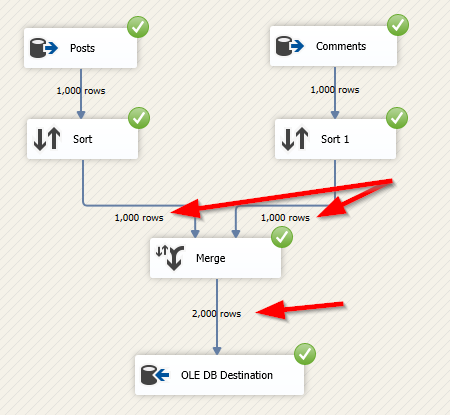
SSIS Merge Join vs. Merge Transformation
September 28, 2021SSIS Merge Join and Merge transformations are two similar components used to combine two input data sources into one output. This article explains both transformations and illustrates when and how to use each one of them.
Read more »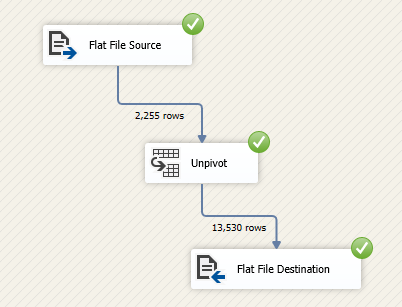
SSIS Pivot transformation vs. Unpivot transformation
September 8, 2021This article explains the SSIS pivot transformation and how it differs from the unpivot transformation.
Read more »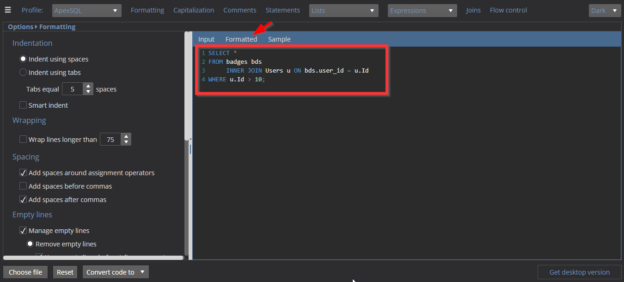
Popular free SQL online compilers
August 9, 2021This article will mention some of the most popular free SQL online compilers that help developers debug and test their SQL code without installing an SQL instance locally or buying one on the cloud.
Read more »
How to write subqueries in SQL
August 3, 2021This article briefly explains how to write a subquery in SQL by providing examples.
Read more »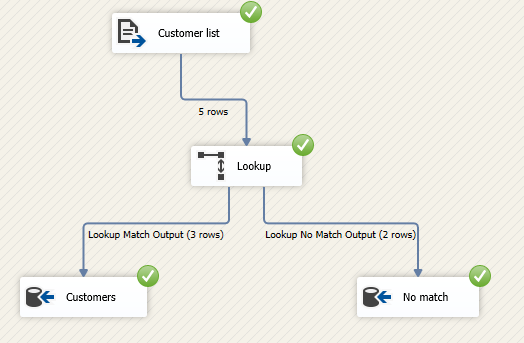
SSIS Lookup transformation vs. Fuzzy Lookup transformation
July 28, 2021This article will explain how to use the SSIS lookup transformation and how it differs from the fuzzy lookup. This is a continuation of the SSIS features face-to-face series that we published previously on this website.
Read more »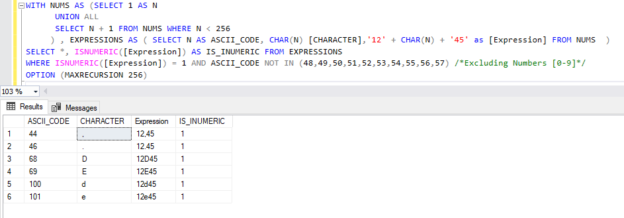
An overview of the SQL Server ISNUMERIC function
July 2, 2021This article gives an overview of the SQL Server ISNUMERIC built-in system function. It explains how to use this function, illustrates its limitations, and provides some alternatives.
Read more »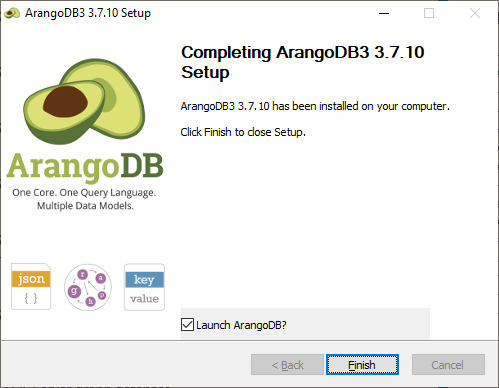
Migrating SQL Server graph databases to ArangoDB
June 10, 2021This article will explain ArangoDB, how to install it on Windows, and how to migrate a SQL Server graph database to this NoSQL database management system.
Read more »
An overview of the VS_NEEDSNEWMETADATA SSIS exception
May 13, 2021In this article, we will briefly explain the VS_NEEDSNEWMETADATA SSIS exception, one of the most popular exceptions that an ETL developer may face while using SSIS. Then, we will run an experiment that reproduces this error. Then, we will show how we can fix it.
Read more »
Different approaches to execute Python in SQL Server
May 10, 2021This article briefly explains how to execute scripts written in Python in SQL Server and how Machine Learning services facilitate this process.
Read more »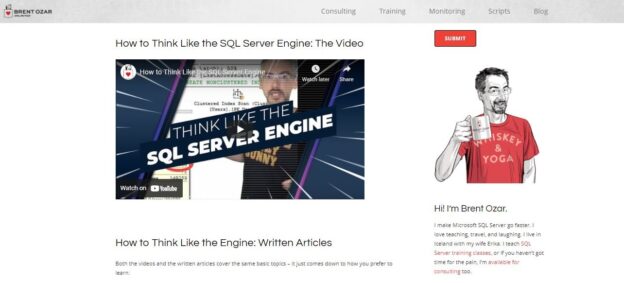
Top free T-SQL training videos
April 28, 2021This article mentions some of the top free T-SQL training videos available on the internet.
Read more »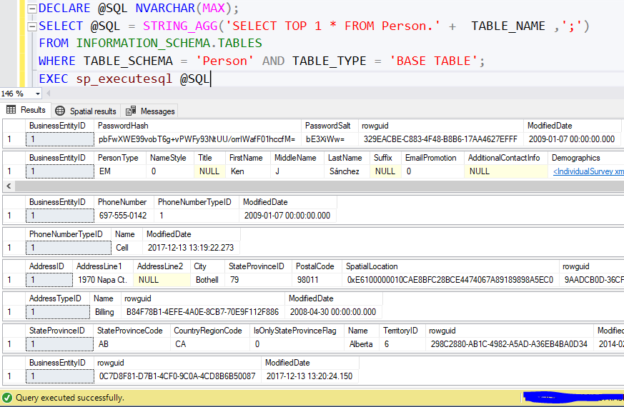
Working with parameters in the sp_executesql stored procedure
April 16, 2021This article explains how to use the sp_executesql system stored procedure to run static and dynamic SQL queries and how to pass input and output parameters while using it.
Read more »
Export indexes and constraints from SQL Server graph databases to Neo4j
April 6, 2021In our previously published article in this series, we explained how to migrate SQL Server graph tables into Neo4j and why migration could be beneficial. We only mentioned how to migrate node and edge tables, and we did not mention indexes and constraints. This article is an extension of the previous one, where we will explain how to export the supported indexes and constraints from SQL Server to the Neo4j graph database. In addition, all codes are added to the project we already published on GitHub.
Read more »